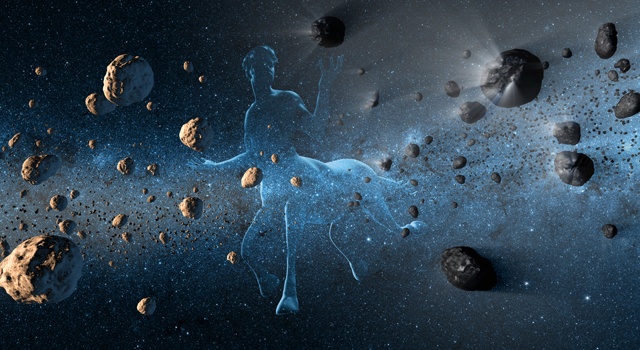A study published today in The Planetary Science Journal examines how NASA’s James Webb Space Telescope (JWST) has conducted a first-time detection of carbon dioxide in a Centaur, this one designated 39P/Oterma. A Centaur is a small planetary body that orbits between Jupiter and Neptune and frequently crosses the orbits of one or more of the gas giant planets within our solar system. While no Centaur has been imaged up-close, they typically exhibit a combination of attributes between comets and asteroids. While carbon monoxide has been detected in two known centaurs, this recent discovery could mark a turning point in how scientists understand the formation, evolution, and composition of not only Centaurs, but of the early solar system, as well.
Continue reading “JWST Detects Carbon Dioxide in a Centaur for the First Time”JWST Detects Carbon Dioxide in a Centaur for the First Time

